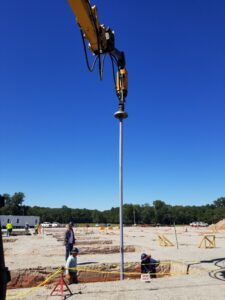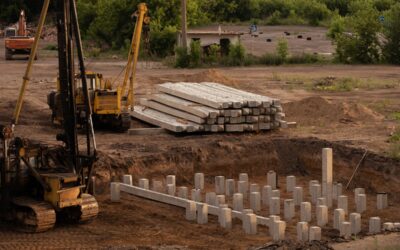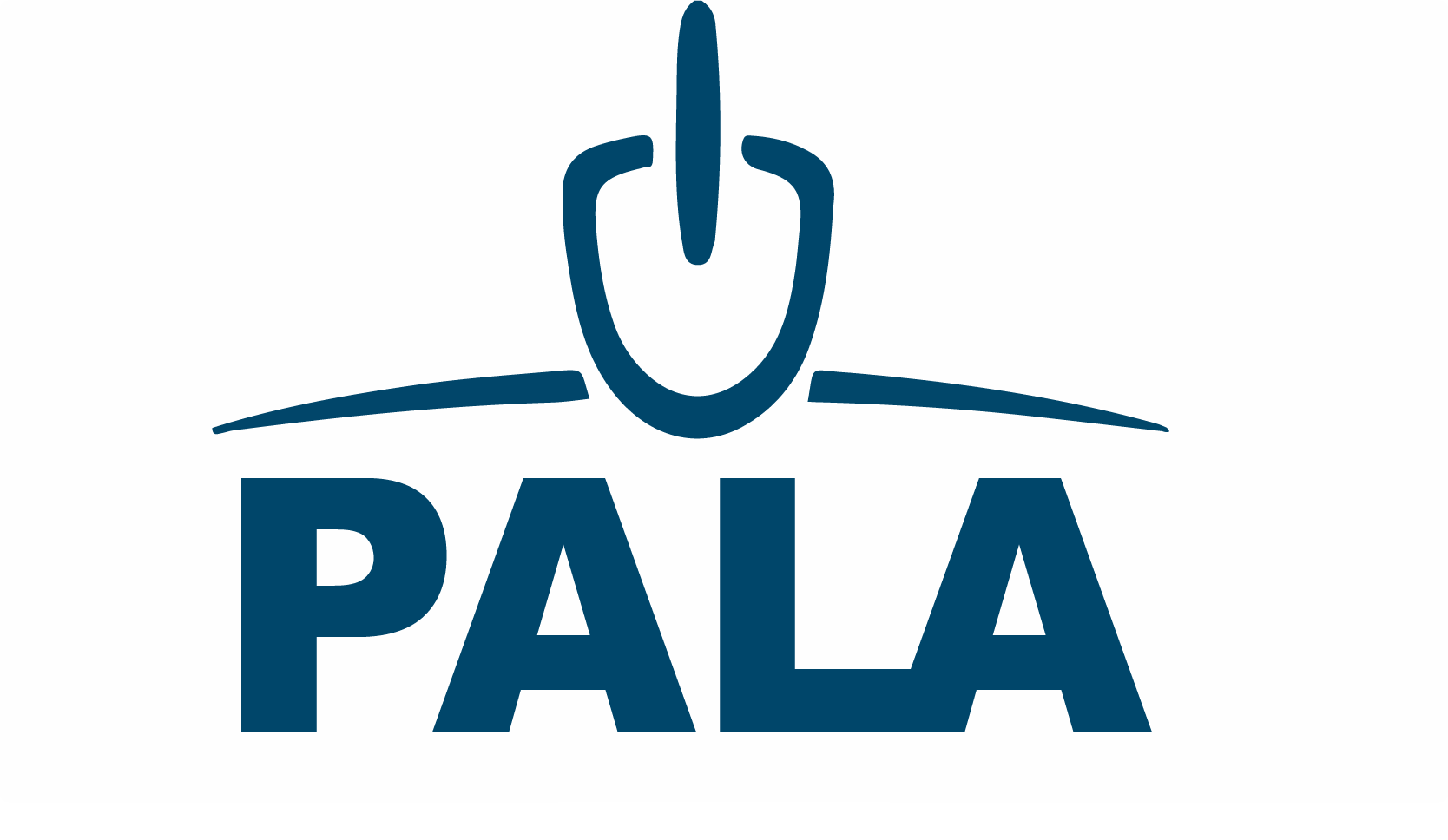Helical piles, also known as screw piles, are innovative foundation solutions that have gained popularity in construction and engineering projects. These versatile piles offer several advantages, such as ease of installation, minimal environmental impact, and high load-bearing capacity. As more people turn to helical piles for their foundation needs, it’s essential to address some common questions that arise.
In this post, we’ll explore the most frequently asked questions our team gets from industry professionals. Click the links below to skip to your question/answer of interest, or scroll to read the full article.
How Deep Can Helical Piles Go?
What Types of Soil Are Suitable for Helical Piles?
How Are Helical Piles Installed?
What Load Capacity Can Helical Piles Support?
Are Helical Piles Suitable for Retrofitting?
Can Helical Piles Be Used in Seismic Areas?
What Is the Environmental Impact of Helical Piles?
Are Helical Piles Cost-effective?
Can Helical Piles Be Removed and Reused?
Are Helical Piles Resistant to Corrosion?
How Long Do Helical Piles Last?
How Deep Can Helical Piles Go?
One of the primary advantages of helical piles is their adaptability to various soil conditions. The depth to which helical piles can be installed depends on factors such as soil type, load requirements, and project specifications.
Generally, helical piles can be installed to depths ranging from 10 feet to over 100 feet. The helical design allows them to penetrate deep into the ground while providing superior stability.

What Types of Soil Are Suitable for Helical Piles?
Helical piles are suitable for a wide range of soil types, making them a versatile foundation solution. Whether it’s cohesive soils like clay, granular soils such as sand, or mixed soils, helical piles can be customized to meet the specific requirements of the project. Their adaptability makes them an excellent choice for projects with varying soil conditions.
How Are Helical Piles Installed?
The installation process for helical piles is relatively straightforward and efficient. A hydraulic torque motor is used to drive the helical piles into the ground, creating minimal disturbance to the surrounding environment.
The torque required for installation depends on the soil conditions and the load-bearing capacity needed. The helical piles are carefully monitored during installation to ensure they reach the desired depth and provide the required support.
What Load Capacity Can Helical Piles Support?
Helical piles are known for their impressive load-bearing capacity. The design of the helical plates allows them to distribute the load evenly, making them suitable for both compression and tension applications.
Load capacity can vary based on factors such as pile size, helix configuration, and soil conditions. Engineers and contractors work together to determine the appropriate helical pile specifications to meet the specific load requirements of a project.
Are Helical Piles Suitable for Retrofitting?
Yes, helical piles are an excellent choice for retrofitting existing structures. Whether it’s due to foundation settlement, natural disasters, soil instability, or other issues, helical piles can provide additional support and stability. The installation process is minimally invasive, making it a practical solution for retrofitting without major disruptions to the existing structure.
Can Helical Piles Be Used in Seismic Areas?
Yes, helical piles can be designed to withstand seismic forces, making them suitable for projects located in seismic-prone regions. Engineers consider factors such as soil type, seismic design parameters, and project specifications to customize helical pile solutions that meet the necessary seismic requirements.
What Is the Environmental Impact of Helical Piles?
Helical piles are considered environmentally friendly due to their minimal impact on the surrounding soil and ecosystem. The installation process generates less noise and vibration compared to traditional foundation methods.
Additionally, the use of helical piles often reduces the need for excavation and the associated environmental disruption.
Are Helical Piles Cost-effective?
The cost of helical piles depends on various factors, including project size, soil conditions, and load requirements. While the initial cost may be higher than some traditional foundation methods, the time saved during installation, reduced labor costs, and adaptability to different soil types often result in overall cost savings.
Can Helical Piles Be Removed and Reused?
In some cases, helical piles can be removed and reused for other projects. The ease of extraction depends on factors such as soil conditions, installation depth, and the specific design of the helical pile. Reusing helical piles can provide a sustainable solution and contribute to cost savings on future projects.
Are Helical Piles Resistant to Corrosion?
Helical piles are typically made of high-quality materials such as galvanized or coated steel to resist corrosion. However, the resistance to corrosion can vary depending on the environmental conditions of the project site. Engineers consider factors such as soil composition and moisture levels to ensure the longevity and durability of helical piles in different settings.
How Long Do Helical Piles Last?
Helical piles can last 100 years or more. Most contractors estimate a lifespan of around 150 years, but some helical piles have even lasted 300+ years. This is well over the expected lifespan of other popular foundational solutions like stone (100 years), slab concrete (80 years), ICF blocks (75 years), and wood (25 years).
Factors that influence helical pile lifespan may include:
- Helical pile material
- Load-bearing capacity calculations
- Soil conditions
- Location/environment
Have a Question You Didn’t See Answered Here? Contact Us
If you have additional questions or would like to learn more about how helical piles can benefit your project, please don’t hesitate to get in touch with our team. As a turnkey solutions provider, we’re here to help you every step of the way — from testing and planning to fabrication, installation, and beyond.






